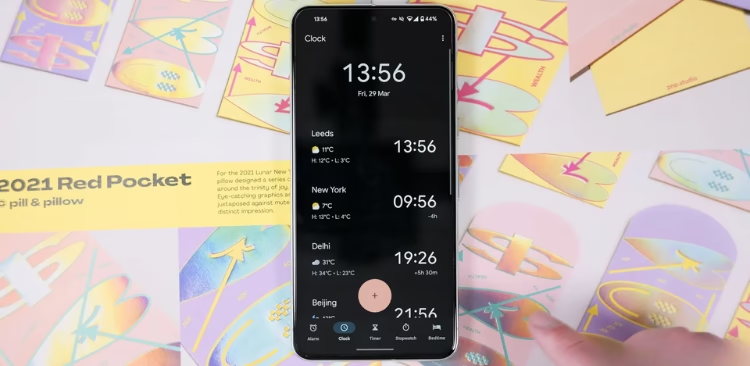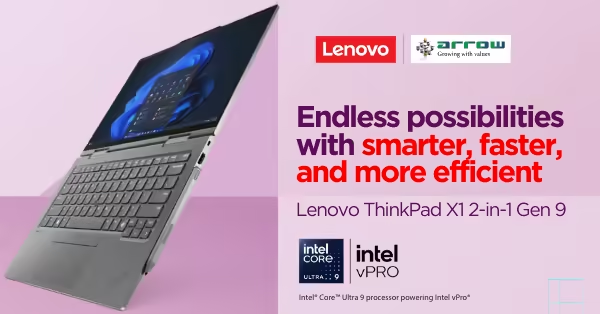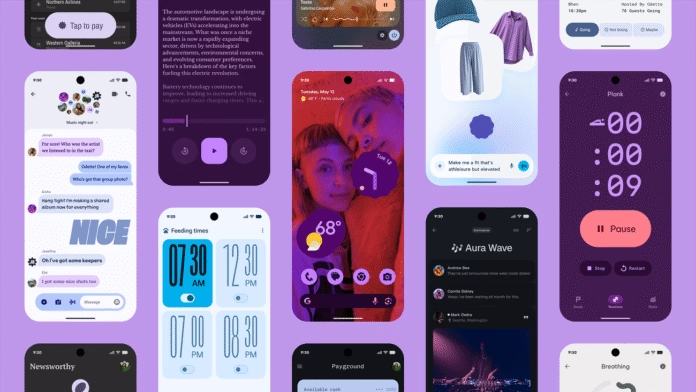When Google makes a bold move, people notice. And this year, pulling back the curtain on Android 16 while keeping Material 3 Expressive under wraps (for now) wasn’t just smart—it was strategic.
As someone who’s been deep in tech for more than a decade—covering everything from AI-powered breakthroughs to design trends—it’s refreshing to see a major player like Google finally lean into thoughtful, user-first decisions. And this one’s about much more than UI tweaks.

A Cleaner Look, But on Google’s Clock
Let’s be honest: Material 3 Expressive is a breath of fresh design air. Sleek, refined, and far more cohesive than its predecessor, Material You, it’s already winning early praise from developers and enthusiasts alike. It even sidesteps the “visual overload” that plagued Apple’s recent iOS 26 Liquid Glass design.
Yet, even with all the excitement, Google made the deliberate call not to include Material 3 Expressive in the initial Android 16 launch. Why? Simple. They’ve been here before—and they’ve learned their lesson.
Avoiding a Repeat of the Pixel 6 Fiasco
Anyone who lived through the Pixel 6 launch remembers the chaos. New hardware, a new Tensor chipset, Android 12, and a completely redesigned interface all dropped at once. The result? Frequent app crashes, overheating issues, and an underwhelming fingerprint sensor experience. The system felt…unfinished.
Because everything was released in tandem, users had nowhere to escape. No fallback OS, no stable UI to rely on—it was either grin and bear it or bail on the device entirely.
This time, with Android 16 and Material 3 Expressive launching separately, Google gives users breathing room. Android 16 can stand on its own, while Material 3 Expressive can be fine-tuned before it rolls out. That kind of restraint? It’s rare in big tech, but it’s exactly what users need.
Positioning Pixel 10 for a Stronger Debut
Let’s talk hardware. If early leaks are to be believed, the Pixel 10 isn’t going to shake things up on the design front. It looks eerily similar to the Pixel 9. But where it can shine is in software polish—and this is where Material 3 Expressive enters the frame.
By saving the visual overhaul for a post-Android 16 update, Google creates a moment. Something fresh. Something exciting. It’s a clever way to keep Pixel fans engaged and gives the Pixel 10 a visual story to tell—one that doesn’t rely on gimmicky hardware changes.
It’s not just smart—it’s strategic product marketing, pure and simple.
Learning to Launch Right: A Lesson in Patience
Google didn’t launch Android 15 with Pixel 9 last year, and it paid off. The Pixel 9 got clean reviews based on proven software. This year, the approach is different, but the goal remains the same: stability before spectacle.
At Arrow PC Network, where we help enterprises adopt stable, next-gen solutions through IT Services by Arrow PC Network, this kind of rollout strategy is something we often advise for business-critical systems too. Whether it’s deploying AI-driven platforms or optimizing legacy infrastructures, timing and testing matter. A rushed rollout rarely ends well.
Listening to Users, Not Just the Loudest Voices
If you’ve followed Google’s journey, especially over the past two years, you’ll notice something else: the company is actually listening. From Super Actua display improvements to meaningful upgrades in its Tensor chipsets, user feedback is clearly guiding the roadmap.
Battery life is better. UI fluidity is sharper. And performance feels more balanced than ever. That’s not just due to better chips—it’s a result of smarter software decisions and restraint in the face of pressure.
Google isn’t chasing specs just to match rivals like Samsung or OnePlus anymore. It’s carving out its own lane—and more importantly, sticking to it.
It’s Okay to Wait
I’ll admit it when I first realized Material 3 Expressive wasn’t shipping with Android 16, I was a little let down. But the more I thought about it, the more it made sense.
Great products aren’t just about first impressions. They’re about consistency, reliability, and user satisfaction. And if that means waiting a bit longer for a polished experience, so be it.
As someone who’s spent years writing about artificial intelligence, mobile platforms, and tech adoption across enterprise landscapes, I’ve seen the cost of rushing. Whether you’re Google or a business scaling with the help of Arrow PC Network, sometimes the smartest move is the slow one.
And with Android 16 now out in the wild, the stage is perfectly set for Material 3 Expressive to shine when the time is truly right.




